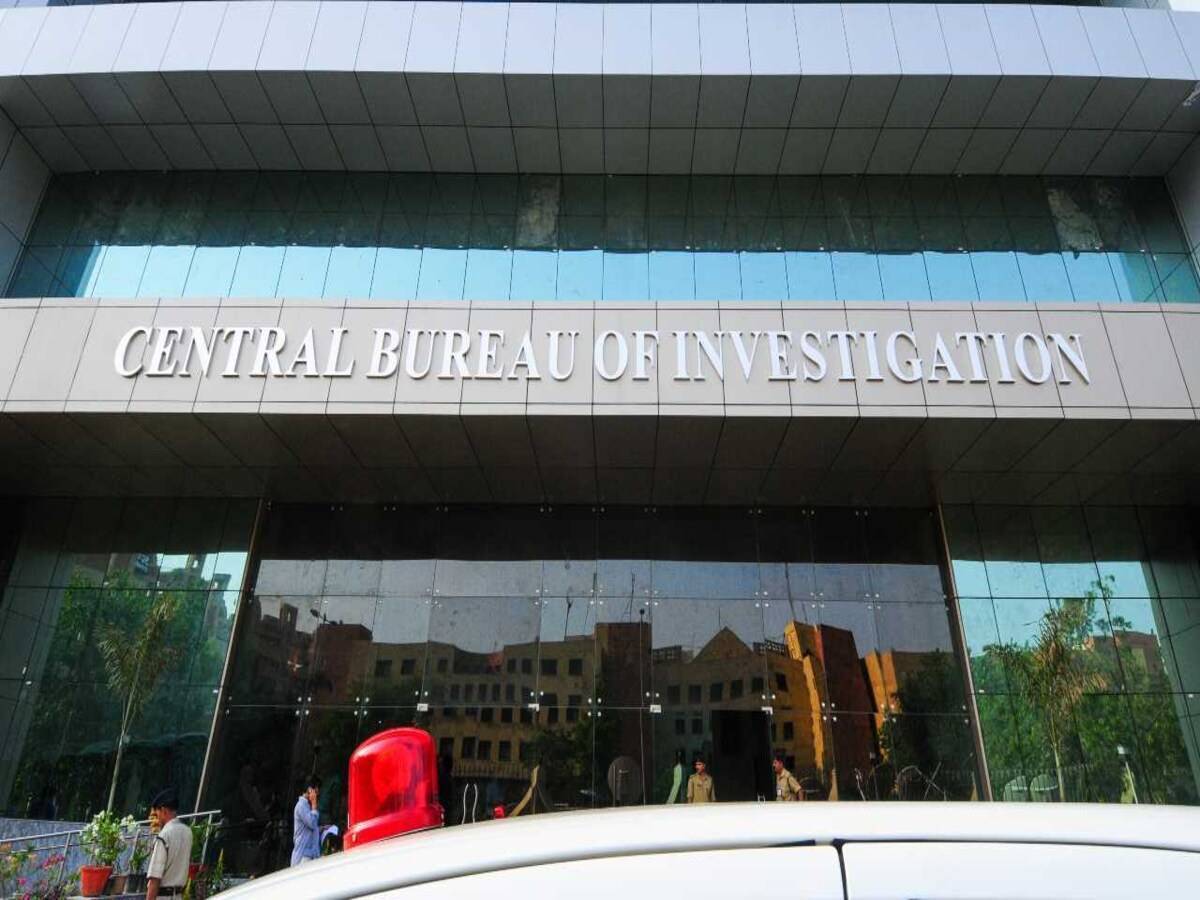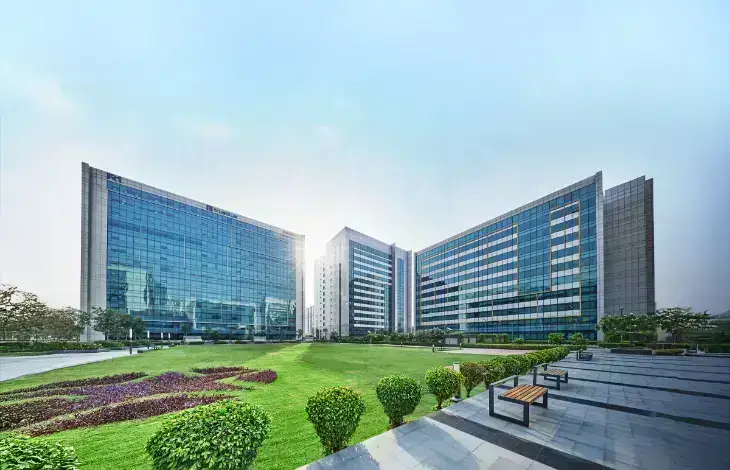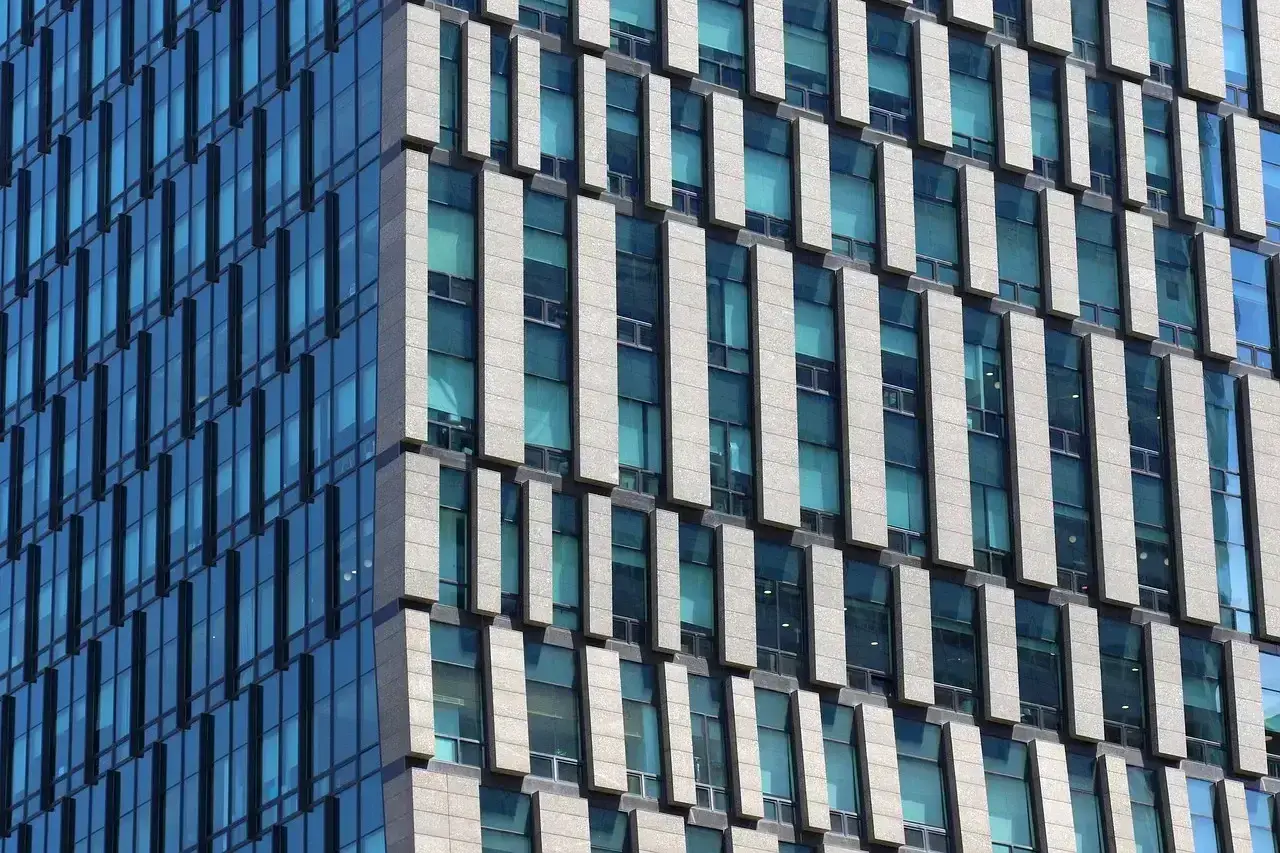Surat Urban Development Authority (SUDA) officials, in collaboration with representatives from the Japan International Cooperation Agency (JICA), conducted a review of model town planning (TP) schemes for areas surrounding the upcoming bullet train station in Surat. The review focused on five TP schemes—61, 62-A, 62-B, 62-C, and 63, developed over the past year under guidance from both state and central authorities, incorporating technical inputs from JICA.
Two of the schemes, 61 and 63, have already received draft approval from the state government, while TP scheme 61, covering the Kosmada-Oviyan-Chedcha area, has been submitted as a Preliminary Town Planning Scheme. Officials highlighted that the remaining three schemes integrate advanced urban planning concepts, marking a significant step in Surat’s infrastructure development.
These plans include provisions for central plazas, green corridors, non-motorised transport systems, and lakefront development. Additionally, Meetings, Incentives, Conferences, Exhibitions (MICE) facilities are being incorporated for the first time in an Indian TP scheme. The inclusion of these elements reflects an effort to balance urban growth with environmental and social considerations, ensuring that the bullet train station area evolves into a sustainable and functional urban hub.
The bullet train station itself is being constructed on the outskirts of Surat, near Antroli, situated between National Highway 48 and the city. Officials noted that the station’s design and surrounding development are being aligned with the broader vision of modern urban infrastructure, combining accessibility with aesthetics.
JICA’s involvement brings international expertise into the planning process, particularly in integrating smart urban solutions and ensuring that land use is optimized for long-term growth. SUDA officials stated that the collaboration also facilitates knowledge transfer, allowing local authorities to adopt global best practices in urban development and transport-oriented planning.
The review session included discussions on implementation timelines, technical challenges, and mechanisms for public engagement. Officials emphasized that citizen feedback would play a role in refining the TP schemes before final approval and execution.









.png)